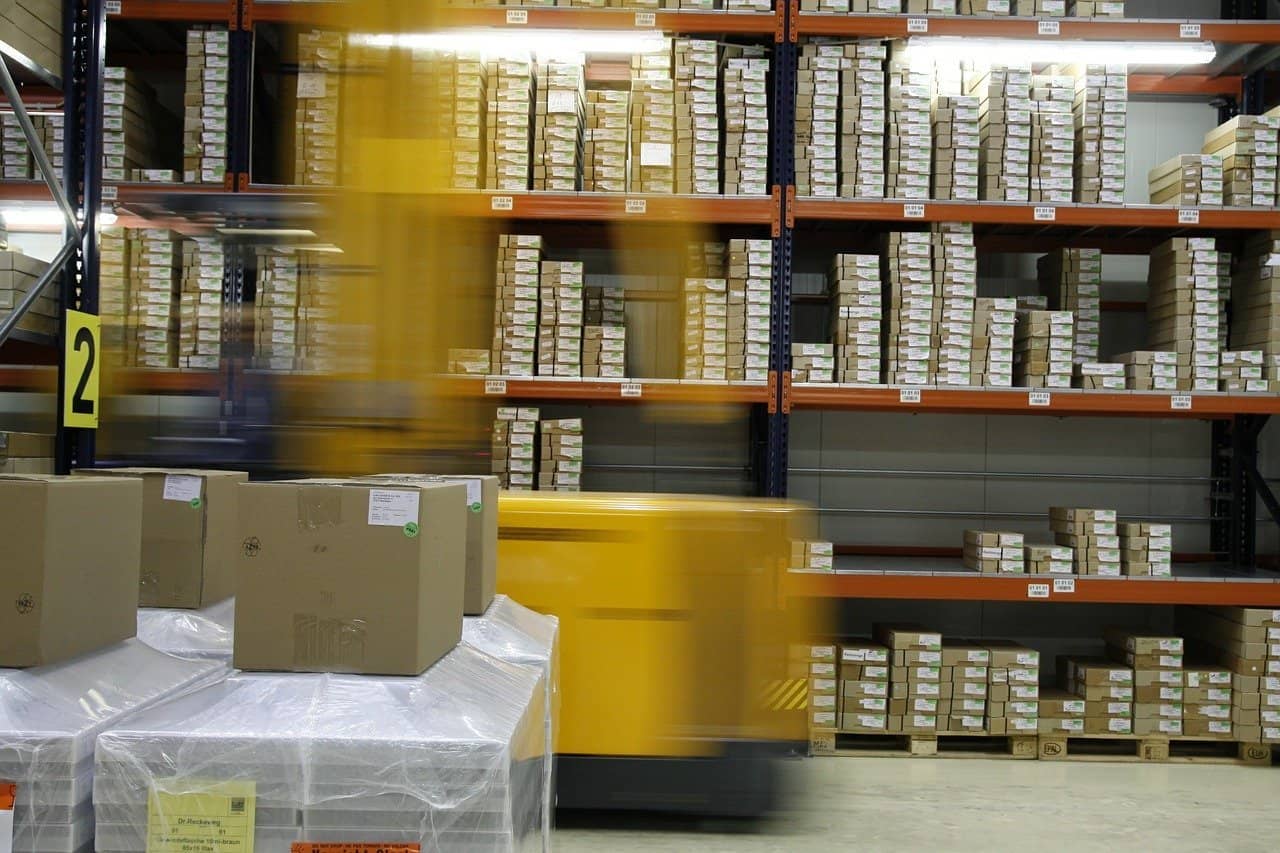The packaging sector has its application in nearly every activity related to supply chain management. The costly materials being conveyed across supply chains are typically packaged in some way so as to protect these goods from damage, contamination, or pilferage during transportation. There are three broad classes of packaging, which are protective, informative, and logistical. Since all of this and more is achieved through the packaging sector, which is why it’s important to invest in it, in order to boost its productivity and efficiency, which can lead to better optimization of the supply chain.

1. Primary Packaging Sector
The primary packaging sector is most often associated with the manufacture of the container or wrapper in which a product is housed. This may be done by placing the goods inside an outer structure such as a box, carton, tin, etc. The most significant issue with primary packaging is often its cost relative to the worth of the product it is used to house. This can often lead manufacturers to reduce the size of their packaging to save money, and the harder something is to pack up, the more you have to pay in labor costs.
Since this isn’t something to be minimized when thinking about productivity and efficiency, a lot of companies are turning to technology in order to reduce costs. As old veterans in the business, the cartoner machine from Douglas Machine is designed to streamline your packaging processes. Having a cost-efficient machine that can save on time, money, and valuable floor space is something every company should invest in.
Doing this ensures that the materials being transported over a supply chain are intact at each step in the transition from producer to consumer. The original manufacturer places items inside a sturdy exterior so that they may safely reach buyers without being damaged, contaminated, or pilferage during transportation.
2. Secondary Packaging Sector
Unlike primary packaging, secondary packaging is that which is used to protect the product while it is being distributed to its target customers or retail outlets. It’s often called protective packaging, and it can be divided into 3 types – containment, shipping, and temperature control.
Secondary packaging is used to protect your products by containing them so they won’t shift during transportation, to cushion them from the harmful effects of external elements, and to maintain a required temperature that will ensure their quality. When looking into this, it might be a good idea to create an IT budget so that you can track the packages as well as the condition of the products being shipped. The most important aspect of secondary packaging is the ability to collect the raw materials needed to produce it at the lowest possible price while still providing the protection needed to ensure the safe transition of goods over a supply chain.
There are lots of different types of secondary packagings, such as stretch wraps, plastic clamshells, and paperboard boxes. They all have specific purposes in terms of protecting your products from damage during transportation and distribution, but they also play an important role in streamlining logistics.
3. Productivity
Productivity is essentially the amount of output you achieve. In the context of your supply chain, productivity is often measured by the total number of goods that are produced over a certain period, and in some cases can be calculated by dividing its revenue. Productivity per hour is a particularly important metric used when measuring efficiency.
The most important part of increasing productivity is understanding the kind of workforce you have. Are they well trained, how cooperative are they, is it a mix of veterans and new hires? All these factors play important roles in determining the success or failure of your efforts to increase productivity. Productivity in the context of a packaging sector can be defined as the total number of cases or cartons produced per shift and can be calculated by dividing the number of units produced over a certain period by the standard working hours.
Doing this kind of calculation is easier when you’re talking about automated packaging systems, which can work around the clock without having to take breaks. Having a well-trained workforce is also a big help since they can make use of their skills to increase productivity. All of that leads to a better bottom line for your company over a certain period.
4. Efficiency
You need to understand what kind of needs your company has when it comes to efficiency. For some businesses, keeping costs low might be more important, while others might prioritize speed or accuracy. Regardless of the kind of efficiency you want to achieve, it’s a good idea to start by looking at your current practices and identifying ways where you can make improvements in terms of output.
In this context, efficiency is defined as the rate at which work is done per hour or per person. Figuring out how to calculate efficiency in terms of output per person can be hard to do when you factor in variables such as absenteeism and other forms of wasted labor which can make it hard to track. However, if you’re operating a manual packaging line, doing a calculation of this kind isn’t that difficult since the number of units produced over a certain period can be easily multiplied by the total labor hours.
What’s important is that you bring your employees into the equation when figuring out ways on how you can improve your efficiency. These people represent a significant investment from your company so the more productive they are, the better off you will be.

The goal of the supply chain is to bolster your company’s top line by delivering goods faster and more accurately. An efficient supply chain can be defined as one that incurs low costs for each unit it delivers while maintaining the quality of the product. The key to achieving this balance is by establishing a system that can be easily monitored, measured, and improved upon as needed. Having a productive and efficient packaging sector is one of the ways to get it done. When things go smoothly, the results are obvious and everyone wins. Your bottom line will improve, your customers will be happier, and you can go home at the end of the day knowing that you’ve done good work.



